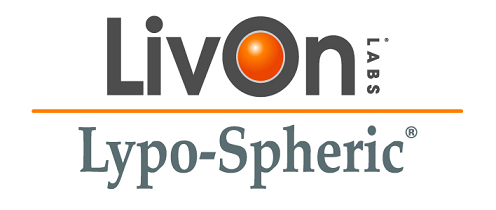Studies and Resources
References/Citations/Summaries
Vitamin C [non-liposomal] bioavailability decreases with dose size
As dose size increases, bioavailabiity decreases dramatically. The authors express this finding by stating that 98% of a 20 mg oral dose of [non-liposome-encapsulated] vitamin C is bioavailable (enters the bloodstream) whereas only 16% of a 12,000 mg dose does so.
Based on previous recommended daily allowance (RDA) studies by the National Institutes of Health, author suggests that a 200 mg daily intake of vitamin C is sufficient to provide tissue saturation. By implication, any additional vitamin C would not be used or bioavailable. He does also suggest that smokers and those in disease states may have a higher requirement for vitamin C. [NOTE: Hickey & Roberts (2004) debunk the flawed nature of these NIH studies]
Authors found that a liposome-encapsulated vitamin C nearly doubled bioavailability over that thought possible from studies published by the National Institutes of Health.
This book presents a new model, describing the action of vitamin C in health. It demonstrates conclusively that the establishment has misinterpreted the evidence. The dynamic flow model explains the current results and points the way for future experiments. This book is a must for people who want to understand the scientific evidence and support for high-dose vitamin C.
Liposomes can be used to effectively deliver therapeutic agents particular cell types (mononuclear phagocytic system, particularly macrophages). These cells are of particular importance in the immune system.
Authors report very rapid decline in bioavailability [of non-liposome-encapsulated vitamin C] with dose size. The “steep portion of the curve” starts between 30 mg and 100 mg of daily dose. Based on their findings, they suggest that “vitamin C daily doses above 400 mg have no evident value.” This conclusion is based on the faulty presupposition that the appearance of vitamin C in the urine indicates all bodily tissues are saturated and the body requires no additional vitamin C. This assumption is clearly refuted by Hickey, et al. in his book Ascorbate: The Science of Vitamin C referenced above.
N-acetylcysteine (NAC) was encapsulated in liposomes and administered as a trea™ent for paraquat poisoning. Pretrea™ent with this liposomal NAC was found to be more effective than conventional drugs in reducing the effects of paraquat poisoning.
Liposomes were used to deliver peptides agents which normally break down in the stomach. Bioavailability in some tests improved by 460%.



